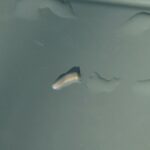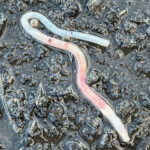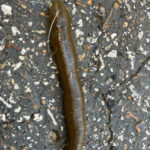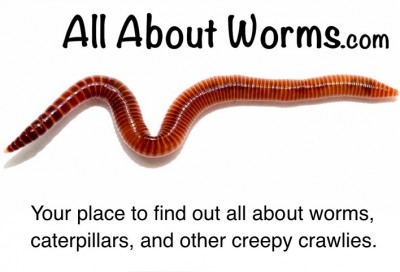Budworms, or “tobacco budworms” “geranium budworms,” and “petunia budworms,” can do major damage to petunias, pansies, geraniums, and nicotiana (flowering tobacco). They may also attack angelonia roses, snapdragoms, and penstemon. They feed on the petals and buds of these flowers and plants chewing holes into them or devouring entire petals.
Budworms typically begin to feed when the flowers are in their most delicate state – when they are developing. Once the damage has been done, the flowers or damaged buds will not open. To detect budworms, take a close look at the buds or leaves of your plants. You may see tiny green worms writhing around. If you do not see the worms, their droppings are quite easy to spot. Budworm dropping look like tiny black seeds, and you may notice plenty of them.
Budworm Control and Prevention
According to Weekend Gardener Magazine, www.weekendgardener.net, the following control methods and tips are most effective:
1. Monitor for budworm to detect early stages of an infestation. Check buds and flowers for small holes or black droppings.
2. In small plantings, the most practical control is hand picking the caterpillars. Tobacco budworm larvae are most active during dusk and evening hours and are best discovered at this time. During daylight hours, they often hide around the base of the plant.
3. Tobacco budworms, unfortunately, are difficult pests to control with insecticides because they are quite resistant, but if used when the worms are small, using Bacillus thuringiensis (also called Bt) which is in a product called Green Step Caterpillar Control is very good. (See Green Step Caterpillar information below).
Be careful how you use Bt products though because they can affect good caterpillars like butterflies.
4. Buy plants that are currently being bred to be more resistant to this pest.
5. Maintaining potted plants in protected areas, such as garages, between seasons can allow tobacco budworm pupae to survive in the soil. If potted geraniums or other tender perennial host plants are kept between seasons, remove all the soil to eliminate pupae and repot the plants before overwintering.
6. Control Tobacco Budworm by rototilling your planting areas. Working the soil in the fall is preferable, but spring tilling may also help crush some of the budworm pupa. –By Weekend Gardener Magazine.
Good luck!
All About Worms is always free, always reader-supported. Your tips via CashApp, Venmo, or Paypal are appreciated! Receipts will come from ISIPP Publishing.















